Tiziano Vecellio AKA Titian (c.1488-1576)
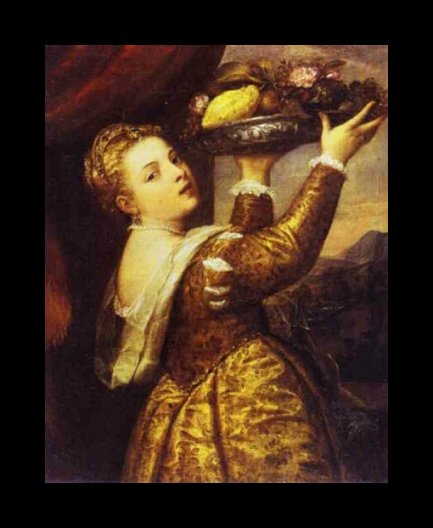
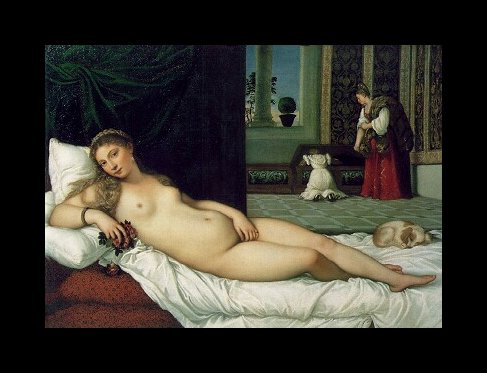
Tiziano Vecellio, known as Titian, is remembered as the greatest painter of the Venetian School. The date of his birth is contradictory. The artist did little to help end this confusion since he was fond of making exaggerations about his age. The best estimate of his birth year is between 1488 and 1490. Although some of the background of Titian is unclear, he was probably a student of Giovanni Bellini.
In 1508, Titian assisted Giorgione with a fresco decoration, and it was for this reason that after Giorgione’s death, Titian was to complete a number of his paintings. Some of these paintings are quite famous, and many people dispute who the works should be attributed to.
Titian’s first solo artistic venture was a series of frescoes documenting the life of St. Anthony. Shortly after, Titian became official painter of the Republic, a title which he held until his death.
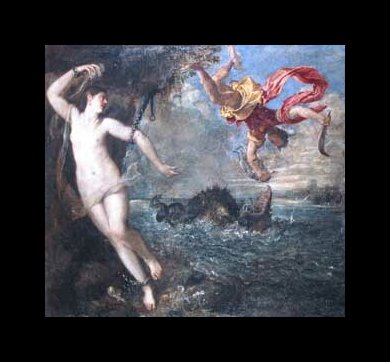
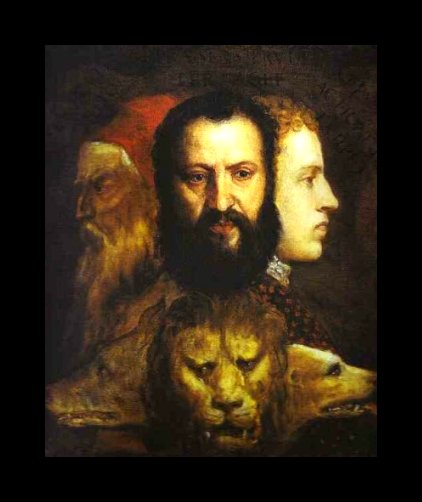
After 1510, Titian strayed from the style of Giorgione to experiment with his own. A blend of the structured and the poetic, his style became much bolder and more passionate than it had been. His paintings rivaled anything else that had been done before in their splendor and color. They set the stage for Baroque art. His altarpieces are some of the greatest examples of his dynamic work. Many of the other paintings in this time period are grand creations of mythological figures, all alive with color.
In 1530, Titian’s wife died. His vibrant former art became more subdued. The bold color schemes were now muted. Bright reds and blues were traded for soft yellows or other pale shades. Still, Titian enjoyed huge success. During this time frame, he became famous throughout Europe. He began to paint many portraits. He was eventually appointed court painter by Charles V.
In the 1540s, Titian made a journey to Rome. He was moved by the works of Michelangelo. As the year 1550 approached, he painted portraits of royalty as well as several mythological paintings. He referred to the pictures as “poesie”. The pictures were different from his earlier, more passionate paintings. The newer creations were indeed poetic.
Titian didn’t work alone. He ran a very busy studio. Among his assistants were Francesco Vecellio, his cousin Cesare, and his son Orazio. During the last 20 years of Titian’s life, the look of his paintings changes. Subdued colors are plentiful. They are referred to as the “dark paintings” and are very different from his usual colorful style. Titian died in 1576 at around age 91. He continued to create masterpieces until his death.
Titian was regarded as a genius during his lifetime, and his works continue to inspire awe today. There have, however been recent controversies to suggest that some of the later paintings were possibly produced by one of his assistants since the style is so obviously different.
Anyone who owns a Titian painting will notice the free, passionate brushwork, explosions of color, and the appearance of his paintings resonating with life. They look as if they were effortlessly painted with quick, fluid strokes while in actuality they are intricately painted masterpieces that definitely took a great deal of time to execute. If viewed closely, the brushstrokes are visible. If the viewer is standing far away from the painting, it appears flawless. Most of his works are altarpieces, paintings with mythological themes, pastoral landscapes, or portraits.
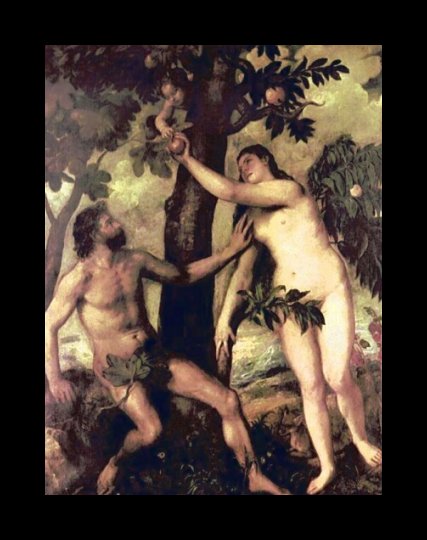
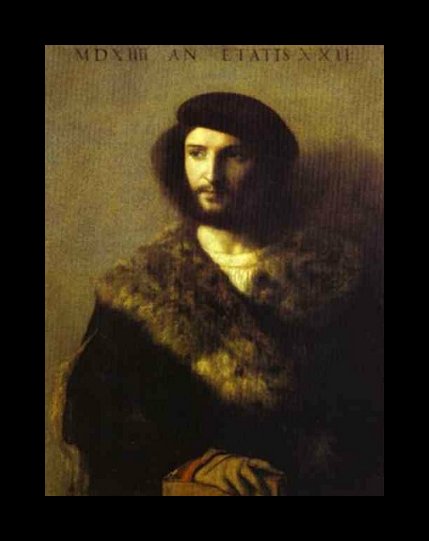
Reviews
1,217 global ratings
5 Star
4 Star
3 Star
2 Star
1 Star
Your evaluation is very important to us. Thank you.
